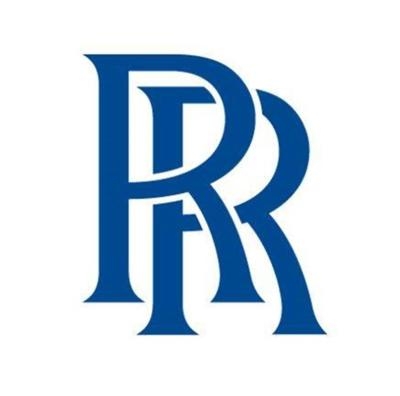Fri, Jul 16, 2021
AD 2021-14-03 Prompted By Reports Of HPT Stage 1 Blades Failing In Service
The FAA is adopting a new airworthiness directive (AD) for certain Rolls-Royce Deutschland Ltd. & Co KG (RRD) BR700-715A1-30, BR700-715B1-30, and BR700-715C1-30 model turbofan engines.

This AD was prompted by reports of HPT stage 1 blades failing in service due to sulphidation and subsequent crack initiation. This AD requires removal and replacement of the HPT stage 1 blade and HPT stage 1 blade damper. The FAA is issuing this AD to address the unsafe condition on these products. This AD is effective August 19, 2021.
Supplementary Information: The FAA issued a notice of proposed rulemaking (NPRM) to amend 14 CFR part 39 by adding an AD that would apply to certain RRD BR700-715A1-30, BR700-715B1-30, and BR700-715C1-30 model turbofan engines. The NPRM published in the Federal Register on November 13, 2020 (85 FR 72608). The NPRM was prompted by reports of HPT stage 1 blades failing in service due to sulphidation and subsequent crack initiation, due to contamination of the blade shank passing by the blade damper. In the NPRM, the FAA proposed to require removal and replacement of the HPT stage 1 blade and HPT stage 1 blade damper. The FAA is issuing this AD to address the unsafe condition on these products.
The European Aviation Safety Agency (EASA), which is the Technical Agent for the Member States of the European Community, has issued EASA AD 2018-0194, dated September 4, 2018 (referred to after this as “the MCAI”), to address the unsafe condition on these products.
The MCAI states:
- Occurrences have been reported on RRD BR700-715 engines where certain HP turbine stage 1 blades failed in service. Investigation of these events showed that these were caused by sulphidation and subsequent crack initiation, due to contamination of the blade shank passing by the blade damper.
- This condition, if not corrected, could lead to further HP turbine stage 1 blade failures, possibly resulting in engine in-flight shut-down and consequent reduced control of the aeroplane. To address this potential unsafe condition, RRD published the NMSB to provide instructions to replace the affected assembly.
- For the reasons described above, this [EASA] AD requires determination of the engine configuration and, depending on findings, removal of the engine from service to replace the affected assembly.
You may obtain further information by examining the MCAI in the AD docket at https://www.regulations.gov by searching for and locating Docket No. FAA-2020-1025.
More News
He Attempted To Restart The Engine Three Times. On The Third Restart Attempt, He Noticed That Flames Were Coming Out From The Right Wing Near The Fuel Cap Analysis: The pilot repor>[...]
Make Sure You NEVER Miss A New Story From Aero-News Network Do you ever feel like you never see posts from a certain person or page on Facebook or Instagram? Here’s how you c>[...]
From 2009 (YouTube Edition): Leading Air Show Performers Give Their Best Advice for Newcomers On December 6th through December 9th, the Paris Las Vegas Hotel hosted over 1,500 air >[...]
Aero Linx: NASA ASRS ASRS captures confidential reports, analyzes the resulting aviation safety data, and disseminates vital information to the aviation community. The ASRS is an i>[...]
“For our inaugural Pylon Racing Seminar in Roswell, we were thrilled to certify 60 pilots across our six closed-course pylon race classes. Not only did this year’s PRS >[...]
 NTSB Final Report: Rutan Long-EZ
NTSB Final Report: Rutan Long-EZ ANN FAQ: Turn On Post Notifications
ANN FAQ: Turn On Post Notifications Classic Aero-TV: ICAS Perspectives - Advice for New Air Show Performers
Classic Aero-TV: ICAS Perspectives - Advice for New Air Show Performers ANN's Daily Aero-Linx (06.28.25)
ANN's Daily Aero-Linx (06.28.25) Aero-News: Quote of the Day (06.28.25)
Aero-News: Quote of the Day (06.28.25)



